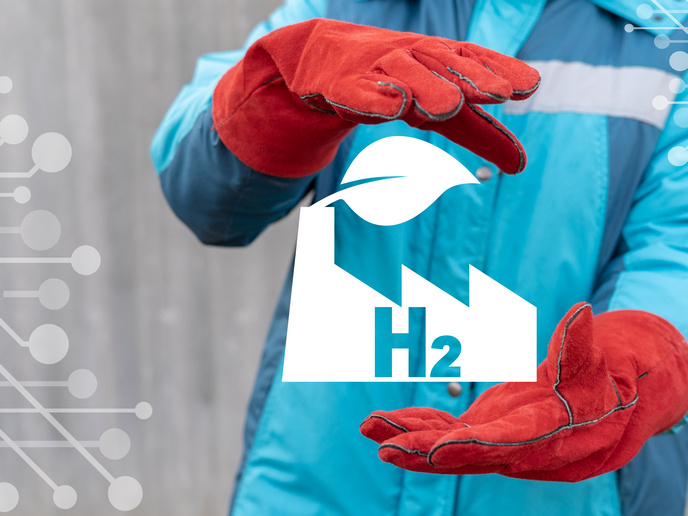When oil reserves turn sour
The move towards more sustainable green energy sources is occurring slowly but surely, and responsible use of remaining fossil fuel reserves is crucial. Inevitable depletion of stocks exacerbated by devastating oil spills and equipment failure is steering research into ways to minimise sour gas production. A multi-billion-euro problem for the oil industry H2S is a toxic and explosive gas that is also corrosive. Not only is this a hazard for oil and gas industry employees, corrosion in steel infrastructure can lead to equipment failure as well as be dangerous for the environment. The culprit behind H2S is microbiologically-influenced corrosion (MIC), the result of activity of sulfate-reducing microorganisms (SRMs). Formation of sulfide also decreases product values due to higher sulfur content. One answer to the problem has been to inject nitrate into sour oil fields, which biologically removes H2S by promoting the activity of sulfide-oxidising nitrate-reducing microorganisms (soNRMs). Worryingly, reports of activity of soNRMs in MIC have threatened the wisdom of applying nitrate as a souring control strategy. Bioengineering comes to the rescue The EU-funded MOLMIC project investigated the role of soNRMs during MIC. As project coordinator Professor Ian Head outlines, “We focused on identifying the key factors by which soNRM can cause corrosion and the enzymatic mechanisms behind their sulfur and nitrogen metabolic pathways causing accumulation of corrosive metabolites.” Picking out the individual molecular cascades, the researchers identified the molecules in different soNRM pathways responsible for each type of corrosion. Importantly, in view of the latest research on the topic, they evaluated nitrate-mediated MIC in complex microbial communities. MOLMIC developed a deep understanding of how soNRMs contribute to corrosion during the injection of nitrate. Prof. Head explains, “results developed during MOLMIC provide valuable information for the development of targeted gene assays to monitor soNRM activity where nitrate-mediated corrosion might be an issue.” Phenomenal, economically significant growth rates Results show that industrially significant corrosion rates can reach rates of up to 2.4 mm/year, a speed that would markedly shorten the life of steel equipment exposed to sulfide, nitrate and soNRM. “We have been able to develop a conceptual model that summarises the key factors by which soNRM can contribute to MIC,” emphasises Prof. Head. The genetic and biochemical data obtained from soNRM increased understanding of this important component of nitrate-mediated souring control and has improved understanding and prediction of metabolic processes in oil systems. Case by case analysis required One restraint is that oil fields are diverse and complex ecosystems with phylogenetically and physiologically diverse microorganisms that can also markedly differ in their fundamental physicochemical characteristics. Despite the fact that the corrosion risks are likely to vary from system to system and need to be assessed on an individual basis, “The results from MOLMIC will help make these assessments and to identify potential risks for soNRM-mediated MIC,” Prof. Head points out. Linked to this were difficulties in obtaining the required microbes from the oil field on time. By the time the researchers received the water samples, the appropriate microorganism was not present. However, the team had already anticipated this difficulty and had stored pure cultures of the microbes to use. Tackling MIC after MOLMIC Prof. Head sums up his vision of the team’s ongoing research. “In the future we hope to be able address emerging topics in the field of microbiologically-influenced corrosion that are not only relevant for the oil and gas industry but will help prevent or better predict corrosion in other industries affected by MIC as well.” A particular focus will continue to be on the molecular and biochemical factors influencing MIC.







